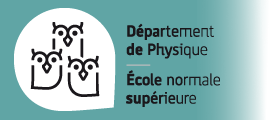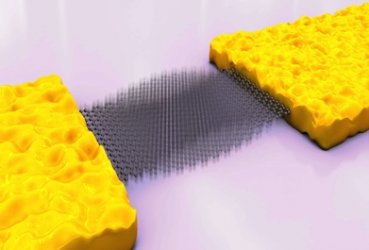Silvia Vignolini (Cambridge University) — June 30, 2016 Nature’s most vivid colours rely on the ability to produce complex and hierarchical photonic structures with lattice constants on the order of the wavelength of visible radiation [1]. A (...) | ↦ Read more
 Research laboratories
Research laboratories



 The Department of Physics
The Department of Physics

 Fête de la Science 2018
Fête de la Science 2018 































